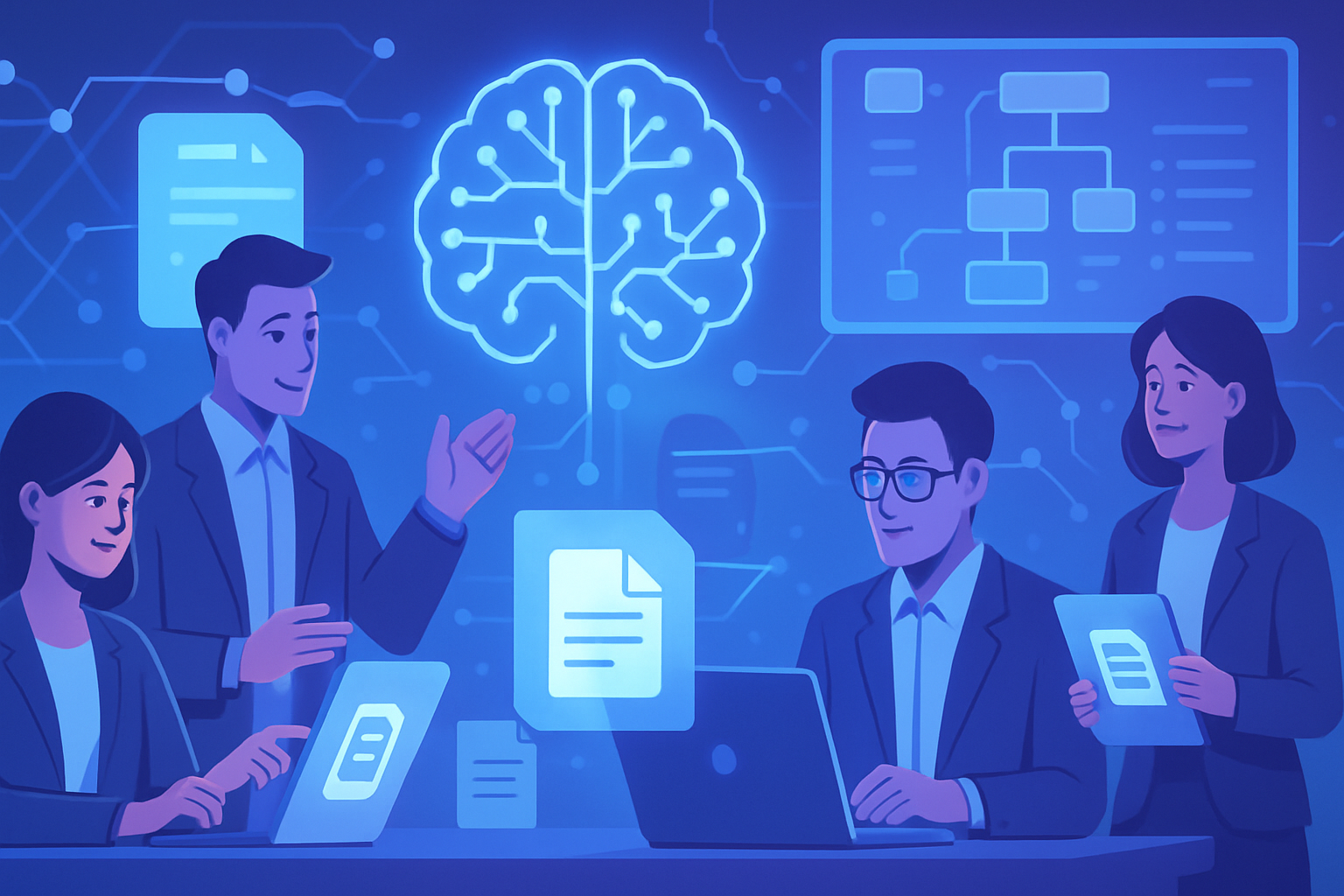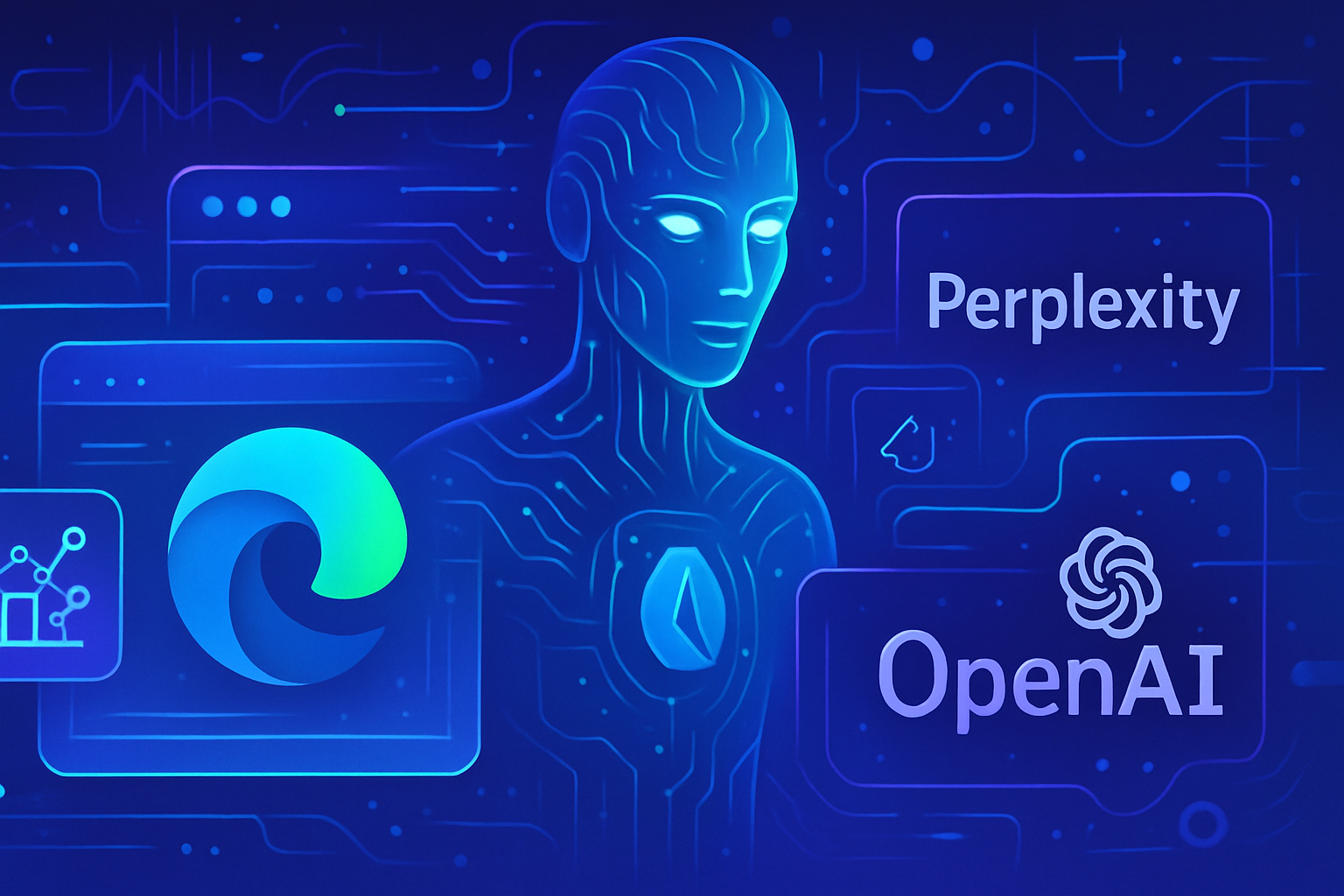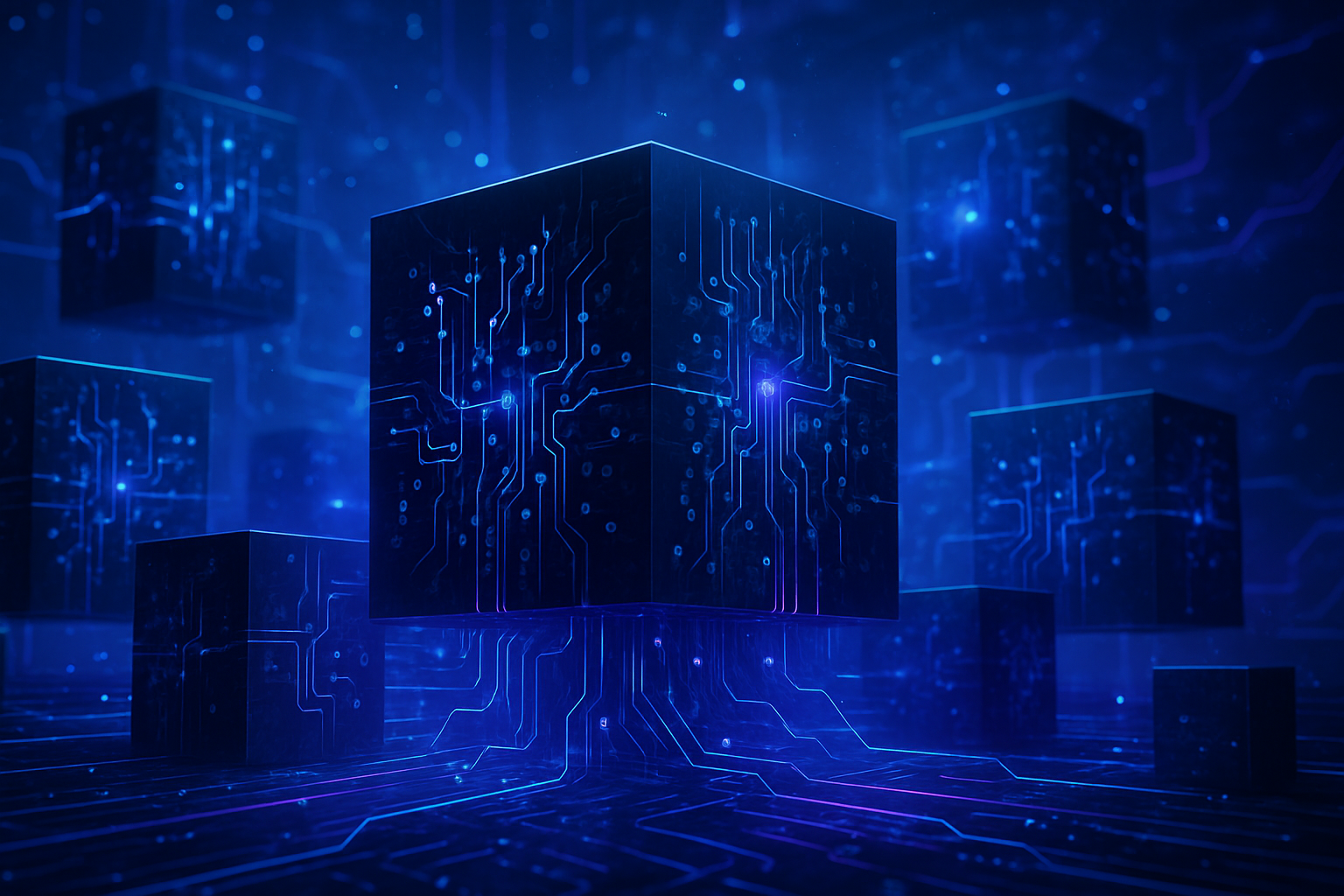Energy optimization marks a significant advance in the field of artificial intelligence. A new algorithm based on *integer additions* could revolutionize the energy consumption of AI systems. *Reducing by 95%* energy needs without compromising performance represents a major challenge.
This ingenious innovation relies on a simplified multiplication approach, ensuring unprecedented efficiency. *Mastering resources* becomes essential in the face of the current energy crisis. The implications for the environment and the performance of AI systems are already becoming evident.
A major breakthrough in energy efficiency
A new algorithm, based on integer additions, could reduce the energy consumption of artificial intelligence (AI) systems by up to 95%. This fascinating advance results from extensive research conducted by a team of scientists eager to optimize performance while minimizing environmental impact.
The revolutionary method
Traditionally, AI relies on floating-point multiplication operations, leading to considerable resource consumption. By replacing this approach with integer additions, the new algorithm presents notable advantages in terms of energy consumption. Researchers assert that their method achieves comparable, if not superior, results while maintaining calculation precision.
Impressive results
The analyses conducted on this new algorithm indicate a significant reduction in computational power requirements. Indeed, experimental results have shown that the resources needed to execute AI processing algorithms can be reduced exponentially. The challenges posed by increasing energy consumption in the field of AI should thus find viable solutions, encouraging the widespread adoption of this technology.
Environmental impacts and the future of AI
The current energy crisis underscores the urgency of employing solutions such as this algorithm. AI systems, whose energy consumption is estimated to reach levels comparable to those of a developed country by 2027, must become more sustainable. The integer addition technique could indeed help to curb this trend. By integrating such innovations, the industry could both reduce its carbon footprint and improve the efficiency of its operations.
Research perspectives
The results of this study pave the way for new research on algorithm optimization. Scientists are already considering other applications of this method in various fields, including machine learning and recommendation systems. A better understanding of the underlying principles of these algorithms could even lead to disruptive discoveries in the future of information technology.
This technological advance illustrates a proactive response to the environmental challenges facing AI. By developing less energy-consuming algorithms, researchers contribute to a greener and more responsible future, where innovation and environmental preservation coexist harmoniously. The idea that simple mathematical operations can transform how AI consumes energy represents a beacon of hope for the technology sector. It remains to be seen how this advance will influence the future development of AI.
FAQ: Reducing energy needs of AI through an integer addition algorithm
What is an integer addition algorithm and how does it work?
An integer addition algorithm performs arithmetic operations using only addition, rather than multiplication. This reduces the complexity of calculations and consumes less energy.
Why use addition instead of multiplication in AI algorithms?
Addition consumes fewer computational resources than multiplication, which allows for reduced energy consumption while maintaining comparable precision.
How could this method reduce AI’s energy consumption by 95%?
By simplifying calculation operations, the integer addition algorithm optimizes resource use, significantly lowering the energy required to execute complex AI models.
What types of applications can benefit from this integer addition technique?
This technique can be applied in various fields such as natural language processing, image recognition, and other tasks that require resource-intensive computations.
What challenges may arise in implementing an addition-based algorithm?
Potential challenges include the need to reformulate existing models to ensure they function effectively with the addition algorithm, as well as managing compatibility with current systems.
Could this technological advance have implications for the carbon footprint of data centers?
Yes, by decreasing energy consumption, the use of this algorithm could reduce the carbon footprint associated with the operation of data centers utilizing AI.
Are there risks to reducing reliance on multiplication in AI?
The main risk would be losing performance in certain scenarios where multiplication is crucial. However, research indicates that many models can function effectively with this approach.
How could this innovation influence the future of AI systems?
If widely adopted, this method could revolutionize the energy efficiency of AI systems, making these technologies more sustainable and economically viable in the long term.






